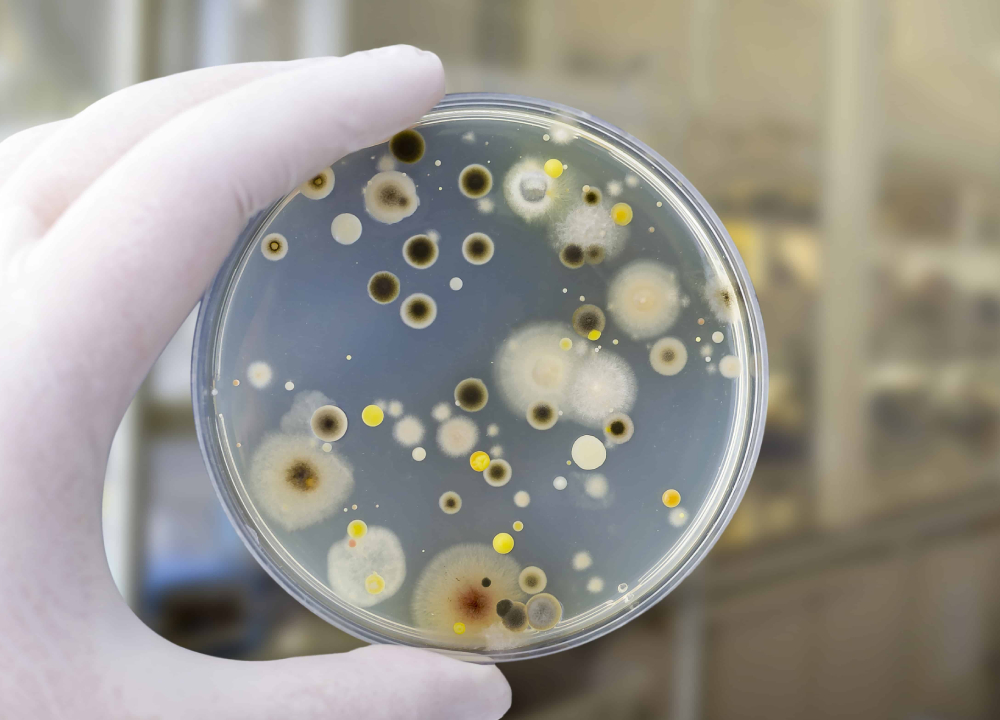Detect and Prevent: Essential Guide to Mold Detection at Home
Mold inspection in a home is an essential part of maintaining a safe and healthy living environment. Mold thrives in damp, humid conditions and often hides in places not easily visible. Over time, it can damage structures and trigger serious health problems, especially in people with allergies or respiratory issues.
Understanding the importance of regular mold checks and adopting preventive measures helps homeowners stay ahead of the problem. When left unchecked, mold can spread quickly, causing irreversible damage to walls, ceilings, and flooring. Often, the presence of mold is only discovered once physical symptoms appear or a musty odor becomes noticeable.
This guide explores various aspects of mold management, starting with mold inspection in the home, moving into accurate home mold detection, and wrapping up with practical steps to maintain a mold-free space.
Importance of Thorough Mold Checks
A proper mold inspection in the home helps identify hidden growths and moisture sources that lead to infestation. Regular inspections prevent costly repairs and protect your indoor air quality.
Visible Wall Stains
Mold often appears as discolored patches on walls or ceilings. These stains might look black, green, or yellow and often spread over time.
Musty Odors Detected
A strong, musty smell can be a clear indicator of hidden mold. These odors are often more noticeable in closed spaces like attics and basements.
Allergy Flare-Ups Noted
Frequent sneezing, watery eyes, or breathing issues could point to airborne mold spores affecting indoor air.
Dampness in Corners
Check for areas that remain damp even without recent water exposure. Persistent moisture creates a breeding ground for mold.
Ceiling Paint Peeling
If ceiling paint begins to bubble, crack, or peel, moisture may be trapped above it, possibly feeding mold growth.
Floor Warping Observed
Wooden or laminate floors that appear buckled or warped might have hidden mold beneath them due to water damage.
Poor Ventilation Evident
Spaces lacking airflow, like laundry rooms or storage closets, are prone to mold. Mold thrives where humidity stays high.
Past Water Leaks
If your home has a history of leaks or flooding, even if repaired, mold may still be present in the affected areas.
Key Methods to Identify Mold
Effective home mold detection involves using the right tools and signs to uncover mold before it becomes severe. Early action reduces health risks and repair costs.
DIY Mold Kits
These kits help collect air or surface samples for lab testing. They’re accessible and useful for preliminary mold checks.
Infrared Scanners Help
Thermal cameras can detect cold or moist areas behind walls, which are common hiding places for mold colonies.
Use of Moisture Meters
These devices measure dampness in building materials. High moisture readings suggest potential mold activity.
Air Quality Tests
Air sampling identifies mold spores circulating indoors. It provides a snapshot of what you’re breathing in daily.
Black Spots Found
Small black spots on grout, tiles, or vents often indicate mold. If it spreads or darkens, it’s a growing colony.
HVAC Duct Checks
Mold can grow in air ducts and spread spores throughout the house. Periodic inspections can prevent this.
Bathroom Vent Fans
Non-functioning or missing vent fans lead to excessive humidity, especially after showers, encouraging mold formation.
Attic and Basement
These areas often go unchecked. Look for water stains, dark patches, or strange smells to spot mold early.
Steps to Keep Mold Away
Knowing how to prevent mold is just as important as detecting it. A proactive approach helps keep your home dry, clean, and mold-free year-round.
Control Indoor Humidity
Keep humidity below 50%. Use dehumidifiers and air conditioners, especially in humid seasons or regions.
Fix Leaks Immediately
Repair plumbing leaks and roof damage promptly. Moisture from leaks is the number one cause of mold.
Ventilate Damp Areas
Ensure bathrooms, kitchens, and laundry areas have proper exhaust systems to reduce moisture buildup.
Clean Wet Surfaces
Dry water-prone areas like kitchen sinks and shower walls after use. Wiping them down prevents standing water.
Use Mold-Resistant Paint
In high-humidity zones, opt for mold-resistant coatings. These paints resist spore attachment and spread.
Store Items Dry
Avoid keeping cardboard boxes or cloth materials in damp basements. Store items in plastic bins instead.
Routine HVAC Servicing
Clean and service air systems regularly. This process prevents mold from growing inside and circulating through your vents.
Install Air Purifiers
HEPA-filter purifiers can trap mold spores, helping improve indoor air and reducing overall mold exposure.
Stay Ahead with Regular Checks
Homeowners should never underestimate the importance of mold inspection and detection. Mold compromises the structure of a home and affects the well-being of everyone inside. Recognizing early signs, performing routine checks, and using effective prevention strategies are critical steps toward a healthier living space.
If you've noticed any of the signs mentioned above or suspect mold in hidden areas, don't delay a proper inspection. Mold can escalate quickly, leading to extensive repair work and health complications. Staying proactive ensures that your home remains a safe, breathable environment.
To explore the best ways for home mold detection, visit Dangers of Mold for professional advice, tools, and detailed guides.



Comments
Post a Comment